In my project I need to create a business object validation layer that will take my object and run it against a set of rules and return either pass or fail and it's list of failure reasons. I know there are quite a few options out there for accomplishing this.
From Microsoft:
Open Source:
Has anyone had any particularly great successes or failures with any of these technologies (or any that I didn't list) or any opinions on what they feel is best suited for business rules validation.
Edit: I'm not just asking about generic validations string length < 200, zip code is 5 digits or 5+4 but assume that the rules engine would actually be leveraged.
